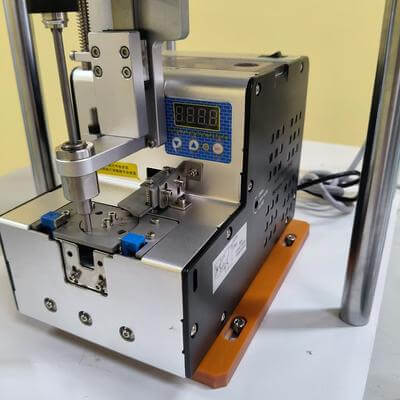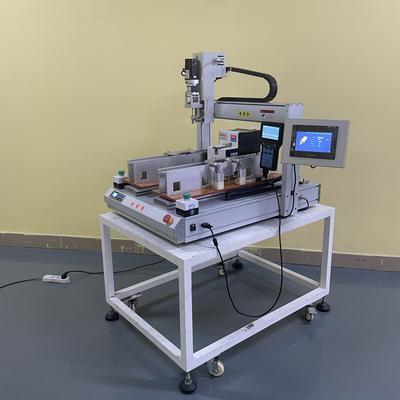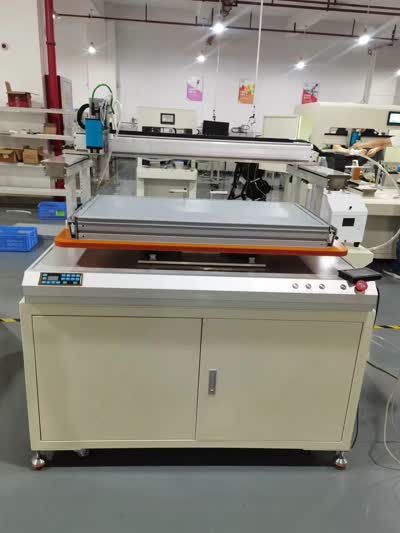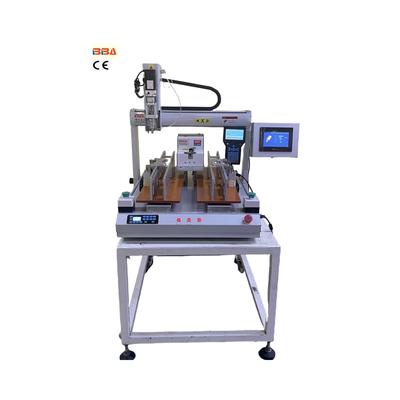Industrial Automation Warranty and Support Strategy Guide

| Product Name | Applicable industries |
| Inline Screw Locking System | Power Tool Assembly Lines |
Warranty and Support Considerations for Industrial Automation Solutions
In the competitive landscape of industrial manufacturing, equipment reliability directly impacts productivity and profitability. While advanced automation technologies drive efficiency, their long-term performance hinges on robust warranty and support frameworks. These elements form a critical safety net, ensuring systems operate optimally throughout their lifecycle. Understanding warranty terms and support structures isn't merely administrative—it's strategic risk management for mission-critical operations.
Navigating Warranty Fundamentals
Industrial automation warranties typically span 1-3 years, covering components against manufacturing defects. Key aspects to verify include:
- Scope limitations: Clarify coverage exceptions for wear-and-tear items or environmental damage
- Response protocols: Documented procedures for claim submissions and resolution timelines
- Transferability: Policies regarding warranty inheritance if assets change ownership
- On-site provisions: Conditions triggering technician dispatches versus return-to-base repairs
Proactive maintenance often extends beyond standard coverage. Negotiate customizable warranty extensions for high-utilization equipment, particularly for critical subsystems like servo drives or PLCs. Document all pre-installation environmental conditions—improper voltage, humidity, or contamination frequently void protections.
Maximizing Technical Support Value
Post-warranty support separates industry leaders through:
- 24/7 crisis response: Immediate assistance for production-halting failures with SLA-backed escalation paths
- Remote diagnostics: Secure data-sharing protocols enabling real-time troubleshooting
- Firmware lifecycle management: Scheduled security updates and compatibility patches
- Operator training portals: On-demand resources reducing configuration errors by up to 40%
Prioritize vendors offering multi-channel support—including video consultations for complex mechanical issues—and demonstrable mean-time-to-repair metrics. Cross-reference regional service center locations against your operational footprint to minimize downtime logistics delays.
Integrated Lifecycle Management Strategy
Smart buyers synchronize warranties with overall equipment strategies:
- Bundle extended warranties with predictive maintenance packages for AI-driven failure forecasting
- Audit software licenses annually—many automation platforms require active support contracts for updates
- Implement digital twin documentation, capturing all modifications for support validity verification
When evaluating proposals, calculate Total Cost of Ownership with warranty/support factors assigning weightings: Immediate parts replacement capability (30%), local engineering expertise presence (25%), and obsolescence mitigation programs (20%).
Ultimately, comprehensive warranty and support infrastructure transforms automation investments from transactional purchases into resilient production partnerships. Organizations that strategically align these safeguards with operational requirements gain decisive advantages in uptime reliability, compliance continuity, and long-term ROI—turning potential vulnerabilities into competitive differentiators.


